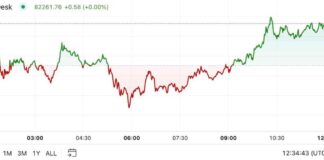This is a subtlety of the French electoral code. If no candidate exceeds 50% of the votes in a constituency, a second round is organized between the first two… and all those who crossed the bar of 12.5% of registered voters in the first round, giving rise to triangular (second round three candidates), or even quadrangular (four candidates). Sunday June 12, on the evening of the first round, eight constituencies were concerned, including two in Hauts-de-Seine and in Lot-et-Garonne. Philippe Juvin, former candidate for the Republican primary, will experience it. He comes second (31.14%) in the 3rd constituency of Hauts-de-Seine, behind the presidential majority candidate Aurélie Taquillain (32.40%) and ahead of Sara Tij (Nupes) with her 23.10%.
The other triangular ones are in the Lot, in the Dordogne, in the Nièvre and in the Tarn.
With a now very high abstention rate in the legislative elections (52.49%), it is rare for more than two candidates to make it to the second round. In 2017, with 51.3% abstention, a single triangular contest opposed a La République en Marche-Democratic Movement candidate, a Republican and a National Front candidate, in the 1st constituency of Aube. In 2012, with 42.78% abstention, there were thirty-four triangular votes during the legislative elections – for 543 duels. In 2007, with an abstention of 39.58%, it took almost 21% of voters to be in third place in the second round – only one triangular had taken place.














